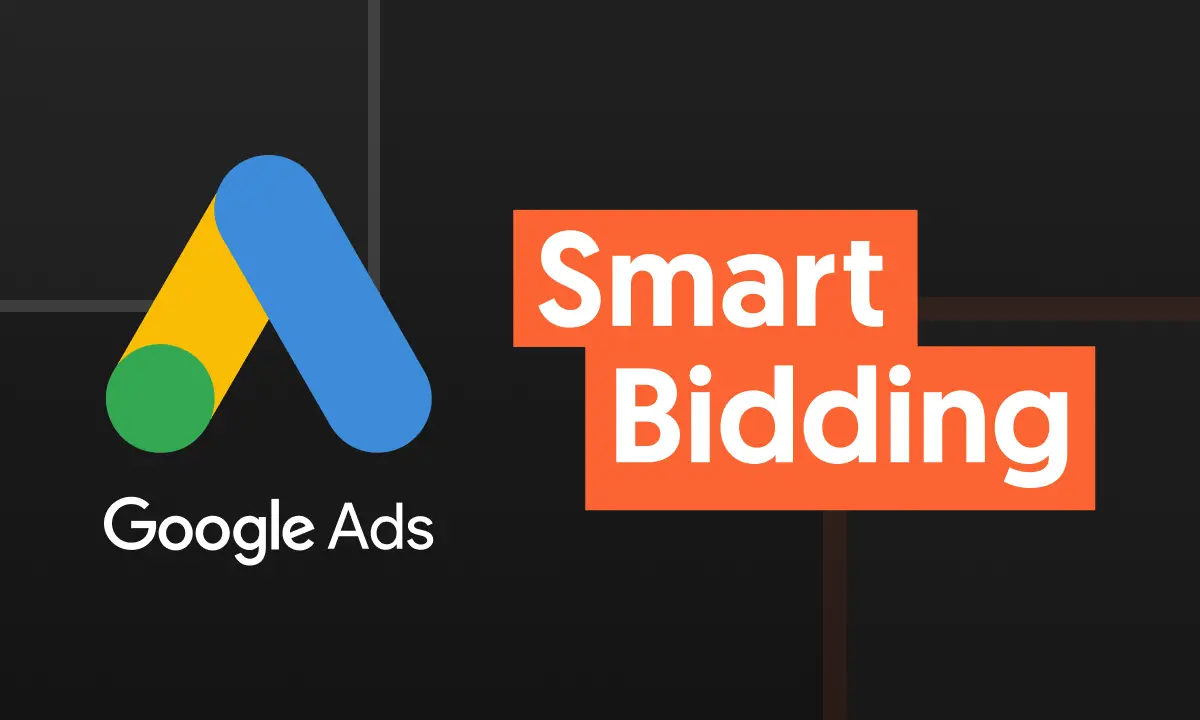To ensure your business is successful in the digital world, it must complete an online presence noticeable and effective by following an effective and genuine SEO copywriting approach. You can quickly improve your Internet presence if you make your content easy to find, valuable and engaging.
There are some other factors that you have to keep in mind as well. Sometimes, quality and some SEO checkpoints can take a toll if you wish to publish a lot of content on a website. In such cases, SEO content writing services can be helpful as they take care of content quality and SEO factors.
This blog will look at an SEO copywriting checklist you can use to verify before publishing. Here is a list that can help you write a better blog.
Why Do You Need an SEO Copywriting Checklist?
An on-page SEO checklist ensures that all the vital elements required for Google ranking are accomplished. Sometimes the broken link in the published content also ruins the entire flow. It happens when you don’t run the copy against the checklist.
Another critical step in SEO copywriting is optimizing all meta tags. This seemingly inconsequential step could make a huge difference in maximizing visibility for your content; therefore, make sure not to miss it.
It is what your SEO content writing checklist should look like
SEO Content Writing Checklist Before Publishing the Content
Your consistency witnesses your professionalism as an SEO copywriter. The checklist will ensure you produce compelling and highly optimized content without fail.
Here are the checks you should be doing before publishing the content
Optimizing Title for Long Tail Keywords
80% of the readers are first attracted to the blog title, which is what brings the first impression of the readers. When writing a copy, prioritize what benefit you want to share and ensure this message is reflected in your title. Including numbers in the title tag is beneficial, like “10 Reasons Why You Should”.
Copywriting and SEO tools will assist you to a great extent. Most importantly, your headline or title should also include your primary keyword to rank higher in the search results and drive the attention of your targeted audience.
Use Title Tag with Modifiers
Title tag modifiers are words responsible for increasing the possibility of a user clicking your title on the search engine results page (SERP). Words such as New, Updated 2022, Infographic, etc., work as title tag modifiers.
Modifiers in meta titles help immensely improve your click-through rate (CTR) and drive organic traffic to your website.
Make Sure Your Content Matches Search Intent
Content that thoroughly resolves the reader’s search intent is valued by Google as there is a specific purpose behind every search query.
For ranking the keywords, you need to create informative content that solves the question. However, you will have less than no chances to rank in the search engine if there is a search intent mismatch.
Include Your Targeted Primary Keyword in the Introduction
Your introduction is the key to holding the reader’s attention throughout the blog. It has to be a summary of everything that is supposed to be discussed on that webpage.
Therefore, ensure to include the primary keyword in the introduction but do not stuff it just for optimization.
Include Secondary Keywords in Subheadings
You can use secondary keywords and variants of the primary keyword in the subheadings to improve the SEO saliency of the page.
When search engine bots look for mentions of your keyword in the H1 and headers to figure out which keywords you want to rank for, it detects your intended main keyword.
Use secondary keywords to break down your content, provide a different structure, or arouse curiosity among the readers.
Maintain a Standard Paragraph Length
Long paragraphs usually tend to decrease the amount of interest poured by the reader in the beginning.
However, there aren’t any rules for paragraph length set in stone, but you can vary your paragraphs within two and three-line paragraphs to keep them crisp and to the point.
Use Bullets to Break the Text
Bullets hold a magical grip on the reader’s attention. It helps them identify the critical information and grasp information quickly.
You can use bullet points for bulleted lists or present vital facts and data in segments. It also improves the reader’s scannability.
Use Relevant LSI Keywords
LSI Keywords help Google algorithm to determine the content quality as these are words and phrases that relate to your targeted topic. They show relevance to the keyword or search term.
Earlier Google relied on the number of times a keyword is mentioned on a page before ranking it, as keyword density was the most crucial factor for ranking. But now, LSI keywords help Google understand your content better.
Add a Meta Description
The meta description has the most significant influence on the click-through rates of a search result. A meta description tag like an ad snippet acts as a great way to tell the reader all about what your content is in 160 characters or less.
A good meta description should be compelling and readable and feature your primary keyword for a higher click-through rate (CTR).
Create a Readable Copy
SEO score can significantly increase by the quality of readability. If the content is easy to read and understand, it is easy for the readers to connect. Readability is the badge of quality content.
Google knows that your content is informative and engaging. If the dwell time is longer, it intends to rank your content higher.
Specific tools can check the readability of your content like the FORECAST formula, the Flesch-Kincaid readability score, the Automated Readability Index, etc.
Add a Clear and Persuasive Call to Action
After communicating your message to the readers, what action would you expect your readers to take?
You can ask them to sign up for a newsletter, book a free consultation, purchase a product, or read another post. Most importantly, your CTA should correspond to the content the reader engaged with and your content marketing goals.
Use SEO-Friendly URL/Slug
SEO-friendly URLs provide a good user experience and improve the CTR. SEO-friendly URLs are descriptive, short, and contain your targeted keywords.
The SEO advantage of the optimized slug is to provide more ideas on what the content is about.
Wrapping Up
When you think about SEO, the first thing that comes to your mind is keywords. But actually, keyword research is only one aspect of SEO. A common mistake made by new SEO copywriters is to publish their content and then find out the content is not search engine optimized.
Once you have published the article, you need to have to SEO checklist to looks at for better SEO performance.
SEO Copywriting Checklist lets you keep an eye on the critical aspects of making your content search engine friendly. Maintaining this checklist would help you create first-rate content in the future.







